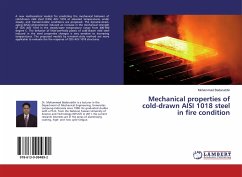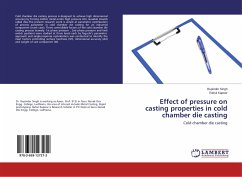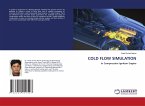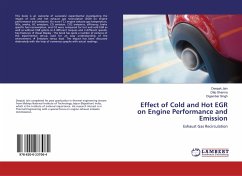The correlation between roll surface patterns and rolled specimens' topographies, emphasizing optical characteristics, is of great interest in the roll forming industry. The primary operating conditions, including roll morphology, type of lubricant, reduction ratio, and rolling speed, define rolled specimens' final optical properties. Under the category of non-destructive testing, the optical properties determine the aesthetical characteristics of a final manufactured part. In this study, a novel approach has been presented. The simulations of roll and rolled topographs have been carried out via a three-dimensional Weirstrass-Mandelbrot (W-M) fractal model. The fractal parameters of roll and rolled specimens are correlated, and their effect on optical properties has been explored. Besides, the X-ray diffractometry (XRD) analyses and mechanical tests are conducted. This study can benefit the cold-rolling industry to design the operating conditions to regulate a rolled product's optical properties, thus controlling its aesthetics.
Bitte wählen Sie Ihr Anliegen aus.
Rechnungen
Retourenschein anfordern
Bestellstatus
Storno








